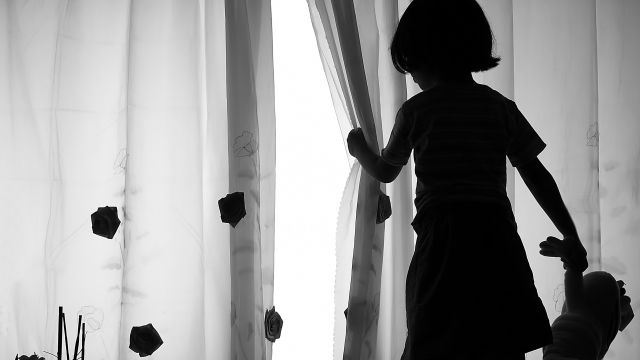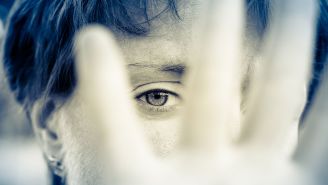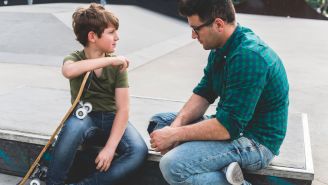Every year, there are around 700,000 confirmed cases of child abuse in the United States. Three-quarters of these children that experienced abuse also experienced various forms of neglect, including lack of supervision and malnutrition.
Visible injuries like bruises and broken bones are perhaps the best-known signs of child abuse, but most signs are not as noticeable. Here’s what you need to know about child abuse, who’s most at risk and what you can do to help.
Who’s at risk
About half of child abuse victims are boys and half are girls, and children with disabilities are more likely to be abused than children without disabilities. Kids who come from poorer families are also likelier to be abused, as are those from families with histories of substance abuse or domestic violence. Roughly 80 percent of victims are abused by their parents, and it's estimated that 90 percent of child sexual abuse victims know their abuser.
This doesn’t mean that only certain kids are at risk; child abuse can happen to anyone.
Know the signs
There are different kinds of child abuse, including neglect, physical abuse, sexual abuse and emotional abuse—and signs can differ based on the type.
Child neglect is the most common form of child abuse, and occurs when a child isn’t getting the physical, emotional and medical attention he or she needs to thrive. Often times, these children have untreated medical or dental problems, and may seem malnourished. A neglected child may also have:
- Poor hygiene; bathing and frequently wearing dirty clothing is common
- A tendency to steal food or change
- Low attendance in school
- Poor grades
Physical abuse involves a child being hurt intentionally with physical force, oftentimes through hitting, choking or burns. Physical cuts, bruises and broken bones are some of the most common signs of physical abuse, but other signs include:
- Always heavily evaluating surroundings
- Experiencing extreme behaviors
- Abusing animals or people
- Being unable to give a strong reason for their injuries
- Shyness or antisocial tendencies towards other children or adults
- Acting out in fear or crying when it’s time to go home after school or daycare
Sexual abuse occurs when a child is used intentionally for sexual reasons, as in fondling, rape or pornography. Sexually abused victims may find it hard to walk or sit, but you may also notice some of the signs below:
- Regular refusal to change into play or gym clothes
- A sudden knowledge of sexual behavior
- Clinging closely to newer adults in their life, such as a neighbor or relative
Emotional abuse is when a child’s mental health is being manipulated or altered through humiliation, threats or other forms of subjugation. A child who’s experiencing emotional abuse may also have:
- A speech disorder, like stuttering or lisping
- An unusually aggressive or passive behavior towards others
- Hyper mature habits, or conversely, unusually immature behaviors like rocking back and forth or biting
- Low self-esteem
- A tendency to act afraid when they feel something bad is going to happen, like when they get in trouble or are told to go to time-out
What to do
If you feel that a child is being abused, consider contacting your local police department to place a child abuse report, or reaching out to the child protective services agency in your local area. But use your best judgment when making this call. In some cases, it can initiate an investigation of the child's environment, or even lead to removal from the home.
Another option is to contact the National Child Abuse Hotline by calling 1-800-422-4453. These calls are completely confidential and offer 24/7 access to crisis counselors who can answer your questions, provide emotional support and refer you to social services.
Finally, consider creating healthy and strong relationships with the children around you. Develop an understanding of how children connect with those near them, and do your best to offer help. You could save a life.
Medically reviewed in January 2019.





